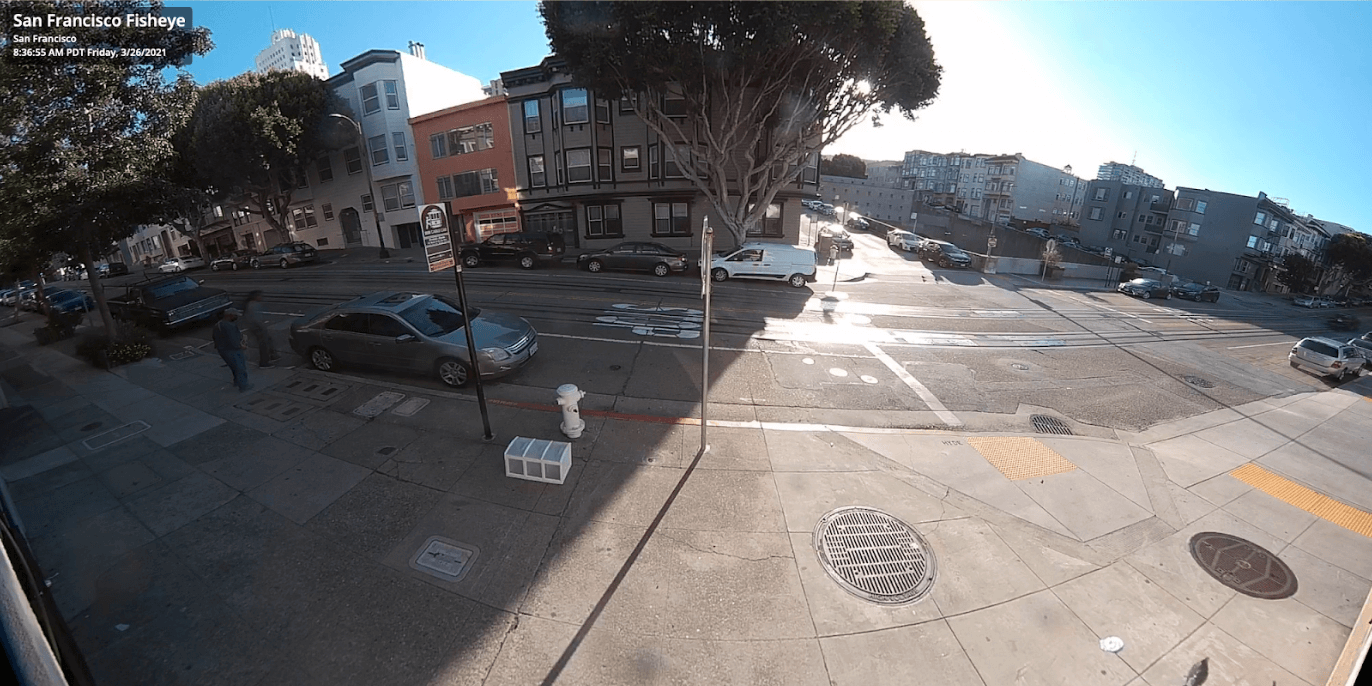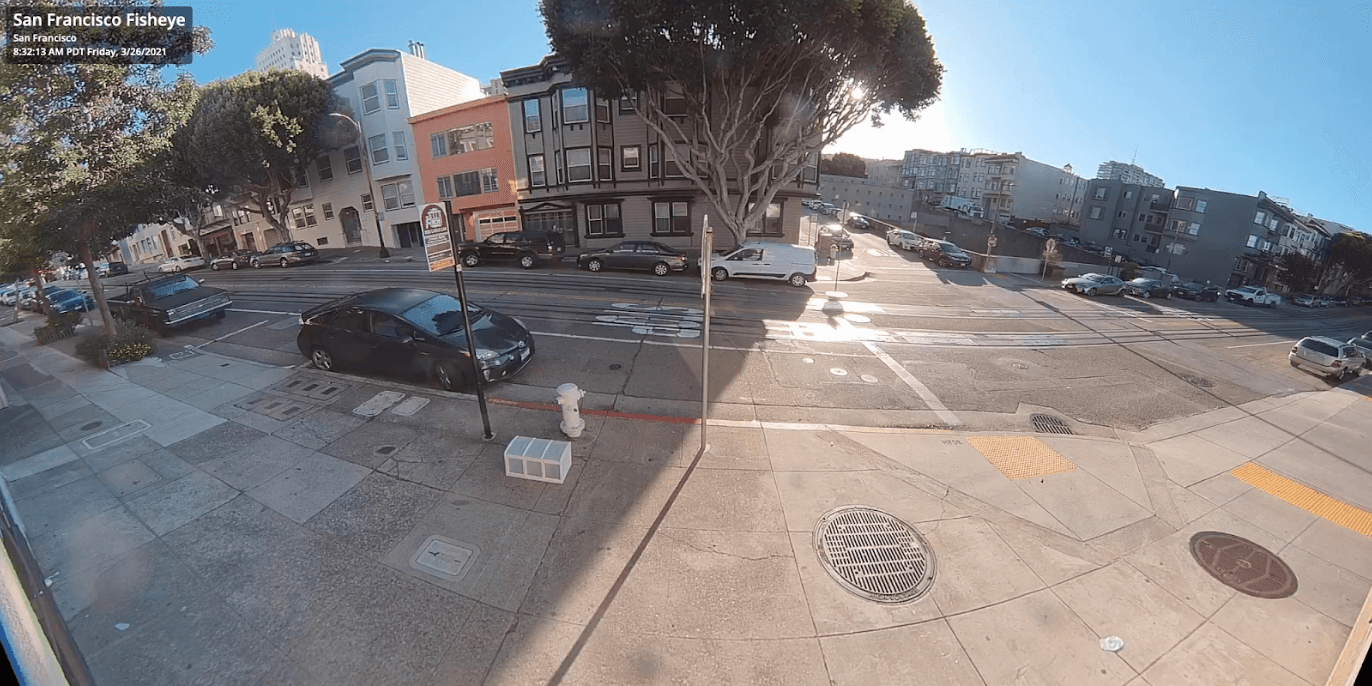How does Wide Dynamic Range (WDR) work?
Security cameras need to be able to produce clear images across a variety of lighting conditions, especially outdoors, in order to be effective. Dynamic range refers to the sensitivity of a device to detect a certain value of something, in this case light. The higher the dynamic range, the better a device will be able to perform in a span of conditions. This value is measured in decibels (dB), which expresses the ratio between the smallest and largest values able to be detected.
Wide Dynamic Range is a feature that allows a camera to produce a clear image when scenes have dark and light areas at the same time. Devices might use either digital or true WDR to help alleviate issues with visibility that occur when deployed in these types of environments.
What is Dynamic Range?
Dynamic range refers to the smallest and largest values capable of being detected by something. For example, human ears have an extremely wide dynamic range and can therefore detect faint whispers and loud rock concerts.
Dynamic range is measured by taking the ratio between the largest and smallest values that can be detected, and expressing it in units of dB. Human sight for example has a dynamic range of about 90 dB. Compared to human senses, electronics have a fairly limited dynamic range. Some of the best digital image sensors currently on the market only have a dynamic range of about 40-50 dB. In practice, this could mean the image produced by the sensor might look clear in some places, but totally washed out or darkened in others. Without ways to improve the sensors themselves, other methods are utilized to improve the quality of an image where the lighting might vary drastically.
Wide Dynamic Range
Wide Dynamic Range is one solution to the problem cameras have producing clear images in scenes with varying lighting conditions. A camera is capable of producing a clear image if the image is properly exposed, and various different parameters can be adjusted to do this. However, an image can usually only be well exposed if all parts of the image are within the device’s dynamic range. Adjusting the exposure can help improve image quality, but only within that range.

True WDR vs Digital WDR
True WDR improves the quality of an image by combining multiple exposures into one single image, effectively extending the range of that image. In contrast, digital WDR uses processing to create an effect like true WDR, but still only uses a single exposure.

With WDR, the dynamic range can be upwards of 100 dB. This can be very useful in high-contrast scenes with both shaded and brightly lit areas.
When to use WDR
WDR is most useful in high contrast environments such as:
- Outdoor cameras covering shaded areas
- Indoor cameras looking through glass doors or windows
- Parking garages
- Indoor event spaces with bright lighting
It is important to note WDR can usually be enabled or disabled easily, meaning you can easily check whether or not WDR is appropriate for each scene you are capturing.
Downsides of WDR
Not all implementations of WDR are made equal, and WDR is not always appropriate for every scene. By combining multiple exposures, images can sometimes look blurrier or the colors can look faded. Sometimes WDR can introduce artifacting, or the distortion of an image due to processing. However, these downsides are usually outweighed by the overall more even exposure a camera using WDR can provide, especially in challenging lighting conditions. Be sure to experiment with your camera’s WDR settings to get the best results for each device.
Benefits of WDR for Video Surveillance
By enabling clear, detailed images even in challenging lighting conditions, WDR is essential for security cameras. By effectively balancing bright and dark areas, WDR ensures that critical details are captured, enhancing the overall effectiveness of your video surveillance. Whether you’re monitoring outdoor spaces, parking garages, or indoor environments with varying light levels, WDR can significantly improve image quality and security outcomes.
Explore Verkada’s range of advanced security cameras equipped with WDR technology, as well as infrared vision, cloud-based video management, and powerful AI search and analytics. Get a free 30-day trial.